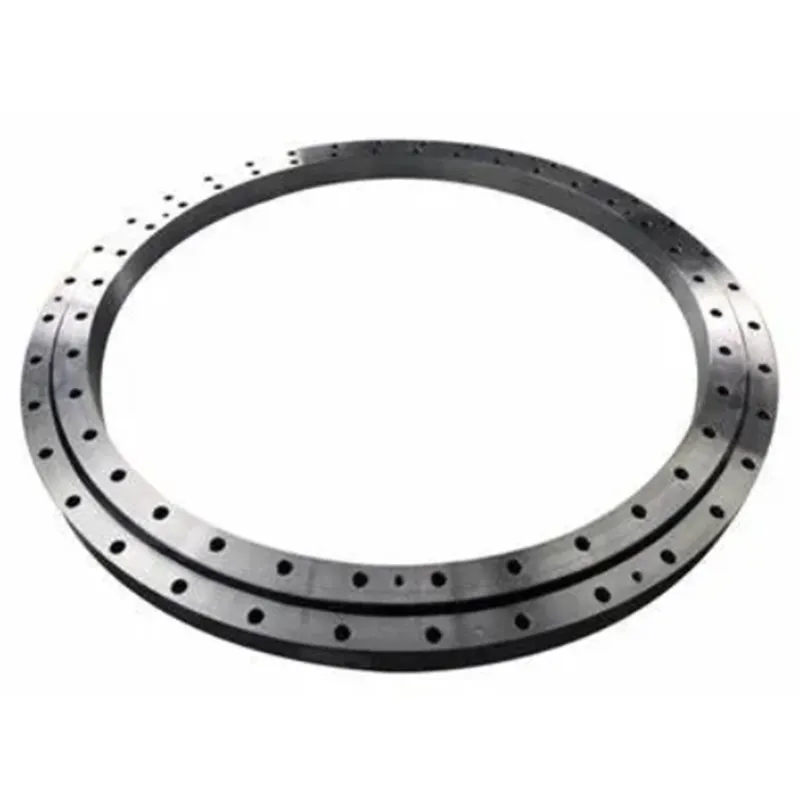-
Cangzhou Yulong Steel Co., Ltd.
-
Phone:
+86 13303177267 -
Email:
admin@ylsteelfittings.com
- English
- Arabic
- Italian
- Spanish
- Portuguese
- German
- kazakh
- Persian
- Greek
- French
- Russian
- Polish
- Thai
- Indonesian
- Vietnamese
- Zulu
- Korean
- Uzbek
- Hindi
- Serbian
- Malay
- Ukrainian
- Gujarati
- Haitian Creole
- hausa
- hawaiian
- Hebrew
- Miao
- Hungarian
- Icelandic
- igbo
- irish
- Japanese
- Javanese
- Kannada
- Khmer
- Rwandese
- Afrikaans
- Albanian
- Amharic
- Armenian
- Azerbaijani
- Basque
- Belarusian
- Bengali
- Bosnian
- Bulgarian
- Catalan
- Cebuano
- China
- China (Taiwan)
- Corsican
- Croatian
- Czech
- Danish
- Esperanto
- Estonian
- Finnish
- Frisian
- Galician
- Georgian
- Kurdish
- Kyrgyz
- Lao
- Latin
- Latvian
- Lithuanian
- Luxembourgish
- Macedonian
- Malgashi
- Malayalam
- Maltese
- Maori
- Marathi
- Mongolian
- Myanmar
- Nepali
- Norwegian
- Norwegian
- Occitan
- Pashto
- Dutch
- Punjabi
- Romanian
- Samoan
- Scottish Gaelic
- Sesotho
- Shona
- Sindhi
- Sinhala
- Slovak
- Slovenian
- Somali
- Sundanese
- Swahili
- Swedish
- Tagalog
- Tajik
- Tamil
- Tatar
- Telugu
- Turkish
- Turkmen
- Urdu
- Uighur
- Welsh
- Bantu
- Yiddish
- Yoruba

Nov . 27, 2024 22:10 Back to list
Understanding Weld Fittings for Effective Piping Connections and Applications
Understanding Weld Fittings A Comprehensive Overview
Weld fittings are essential components in the piping and plumbing industries, serving as the points where pipes are joined together to facilitate the flow of liquids and gases. These fittings come in various shapes and sizes, designed to meet the specific needs of different applications. In this article, we will explore the different types of weld fittings, their uses, and the considerations to keep in mind when selecting and installing them.
What Are Weld Fittings?
Weld fittings are manufactured to be welded onto pipes or other fittings. The welding process creates a permanent and robust joint that is crucial for maintaining the integrity of a piping system. Common types of weld fittings include elbows, tees, reducers, caps, and flanges, each serving a unique purpose in piping configurations.
1. Elbows These fittings are used to change the direction of flow in a piping system. They can be either 45 degrees or 90 degrees angled, and the choice depends on the specific requirements of the installation.
2. Tees Tees allow for branching off the main pipe. These fittings are essential in diverting flow to another line, making them critical in systems requiring multiple outlets.
3. Reducers Used to connect pipes of different diameters, reducers transition between a larger pipe to a smaller one, optimizing the flow and pressure in the system.
4. Caps Caps are used to seal the end of a pipe. They are crucial in situations where the pipe must be terminated and prevent unwanted leakage.
5. Flanges Flanges provide a connection point for pipes and are often used in conjunction with gaskets and bolts to create a secure joint.
Materials and Specifications
weld fittings

Weld fittings are made from various materials, including stainless steel, carbon steel, alloy steel, and plastic, each selected based on the specific needs of the application. For example, stainless steel fittings are corrosion-resistant and ideal for food processing and chemical applications, while carbon steel is often used in oil and gas pipelines due to its strength and durability.
When choosing weld fittings, it's also crucial to consider the specifications, including pressure ratings, temperature ratings, and compliance with industry standards such as ANSI or ASME
. These standards ensure that fittings can handle the required pressures and temperatures of the system they will be a part of, ensuring safety and performance.Advantages of Using Weld Fittings
One of the primary advantages of weld fittings is the strong, leak-proof joints they provide. This quality is particularly important in high-pressure systems where leaks can lead to significant safety hazards and financial losses. Additionally, welded joints are generally more durable and resistant to damage from external forces compared to threaded or flanged connections.
Weld fittings also offer design flexibility. They can be easily fabricated to fit the specific requirements of a project, allowing for customized solutions in complex piping systems. This adaptability can lead to more efficient installations and better system performance.
Installation Considerations
Proper installation of weld fittings is crucial for ensuring the longevity and effectiveness of the piping system. It is important to perform thorough preparations, including cleaning the surfaces to be welded and ensuring proper alignment to avoid stress on the fittings. Additionally, the welding process itself should be executed by skilled technicians who are familiar with the appropriate techniques for the material and type of fitting being used.
Regular inspections and maintenance are also essential post-installation. Checking for signs of wear, corrosion, or other damage can help prevent issues before they lead to failures.
Conclusion
Weld fittings play a pivotal role in the integrity and efficiency of piping systems across various industries. With a wide range of types and materials available, selecting the right weld fitting requires careful consideration of the specific needs of the application. By understanding the advantages and proper installation techniques, professionals can ensure that their piping systems operate safely and effectively for years to come.
Latest news
-
ANSI 150P SS304 SO FLANGE
NewsFeb.14,2025
-
ASTM A333GR6 STEEL PIPE
NewsJan.20,2025
-
ANSI B16.5 WELDING NECK FLANGE
NewsJan.15,2026
-
ANSI B16.5 SLIP-ON FLANGE
NewsApr.19,2024
-
SABS 1123 FLANGE
NewsJan.15,2025
-
DIN86044 PLATE FLANGE
NewsApr.19,2024
-
DIN2527 BLIND FLANGE
NewsApr.12,2024
-
JIS B2311 Butt-Welding Fittings LR/SR 45°/90° /180°Seamless/Weld
NewsApr.23,2024











